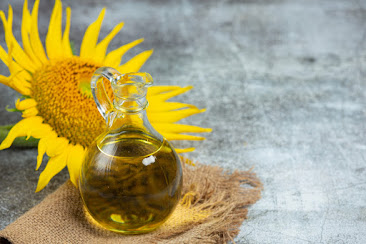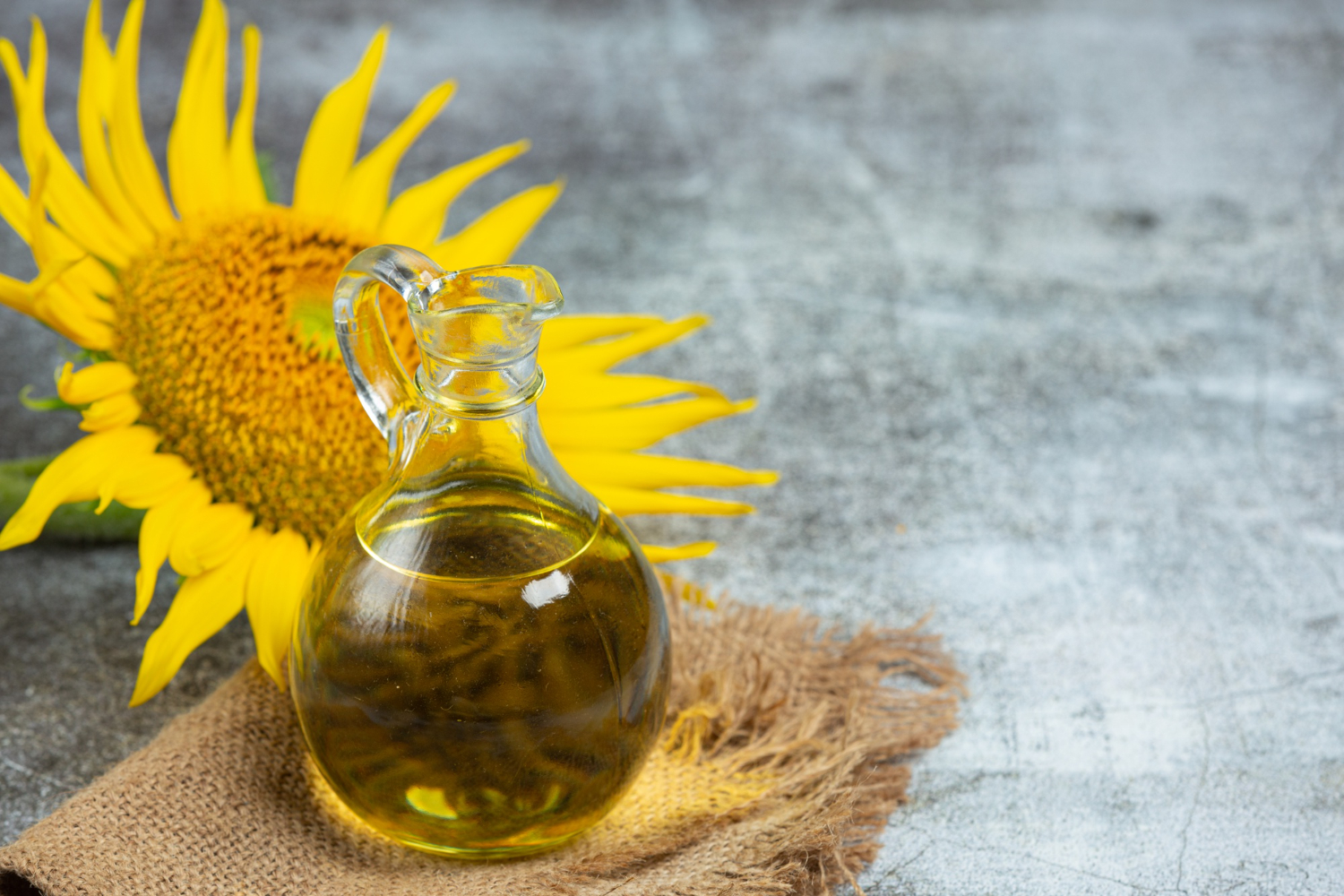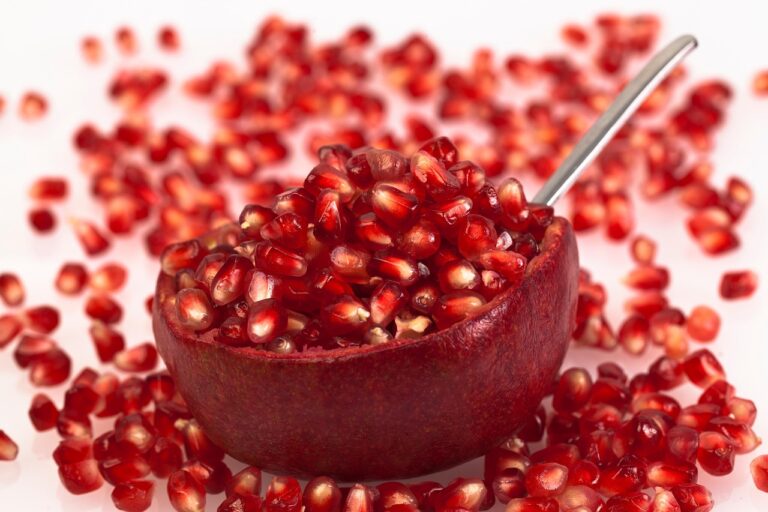Canola Oil – The Ultimate Guide to Benefits, Uses, and Myths Debunked

Introduction – Why Canola Oil Deserves a Spot in Your Kitchen
You’re in the middle of preparing dinner when you realize—you’re out of olive oil. The recipe calls for a neutral-tasting oil with a high smoke point, and you need something that won’t overpower the dish. That’s when you spot the canola oil tucked away in your pantry. But wait—is it actually good for you? Or is it just another overprocessed cooking oil with hidden drawbacks?
The truth is, canola oil is one of the most misunderstood cooking oils out there. Some praise it for its heart-healthy fats, while others avoid it due to myths about GMOs and processing. If you’ve ever wondered whether canola oil is a smart choice for your kitchen, you’re in the right place.
This guide will break down everything you need to know—what it is, how it’s made, its nutritional benefits, best uses in cooking, and the truth behind common myths. By the end, you’ll know exactly when to reach for that bottle—and when to opt for something else.
What Is Canola Oil? (A Closer Look at Its Origins)
Canola oil comes from the seeds of the canola plant, a type of rapeseed that’s been selectively bred to reduce harmful compounds. The name “canola” actually stands for “Canadian oil, low acid”—a nod to its origins and improved safety profile.
How Is Canola Oil Made?
- Harvesting & Cleaning – Seeds are collected and cleaned to remove impurities.
- Crushing & Pressing – The seeds are pressed to extract crude oil.
- Refining – Most commercial canola oil undergoes refining (bleaching, deodorizing) for a neutral taste.
- Cold-Pressed Option – Some brands offer unrefined, cold-pressed canola oil, which retains more nutrients.
Is Canola Oil the Same as Rapeseed Oil?
No—while they come from the same plant family, traditional rapeseed oil contains high levels of erucic acid, which can be harmful in large amounts. Canola oil was developed in the 1970s to be low in erucic acid (less than 2%), making it safer for consumption.
Nutritional Benefits of Canola Oil (Why It’s a Healthy Choice)
If you’re looking for a cooking oil that supports heart health without sacrificing versatility, canola oil checks all the boxes. Here’s why nutritionists often recommend it:
1. Rich in Heart-Healthy Fats
- 63% monounsaturated fats (similar to olive oil) – Helps reduce bad cholesterol (LDL).
- 9% omega-3 fatty acids – Fights inflammation and supports brain health.
- Only 7% saturated fat – Lower than olive oil, coconut oil, and butter.
2. High Smoke Point (Great for Cooking)
With a smoke point of 400°F (204°C), canola oil is ideal for:
- Deep-frying (crispy fries, fried chicken)
- Sautéing & stir-frying (without burning)
- Baking (keeps muffins and cakes moist)
3. Packed with Vitamin E & K
- Vitamin E – A powerful antioxidant for skin health.
- Vitamin K – Supports bone strength and blood clotting.
Canola Oil vs. Other Cooking Oils (Nutrition Comparison)
| Nutrient (per tbsp) | Canola Oil | Olive Oil | Coconut Oil |
|---|---|---|---|
| Calories | 120 | 120 | 120 |
| Total Fat | 14g | 14g | 14g |
| Saturated Fat | 1g | 2g | 12g |
| Monounsaturated Fat | 9g | 10g | 1g |
| Omega-3s | 1.3g | 0.1g | 0g |
As you can see, canola oil offers a better fat balance than coconut oil and competes closely with olive oil—but with a higher smoke point.
Best Uses for Canola Oil in Your Kitchen
Wondering how to make the most of canola oil? Here’s how to use it like a pro:
1. Frying & High-Heat Cooking
- Perfect for deep-frying – Its high smoke point prevents burning.
- Great for stir-fries – Doesn’t overpower delicate flavors.
2. Baking (A Secret Ingredient for Moisture)
- Replaces butter in cakes, muffins, and cookies for a lighter texture.
- Blends seamlessly without leaving an oily taste.
3. Homemade Salad Dressings & Marinades
- Mild flavor lets herbs and spices shine.
- Try this easy vinaigrette recipe:
| Canola Oil Vinaigrette | Ingredients | Instructions |
|---|---|---|
| Classic Dressing | ½ cup canola oil, ¼ cup apple cider vinegar, 1 tsp Dijon mustard, 1 tsp honey, salt & pepper | Whisk all ingredients until smooth. Drizzle over salads. |
Debunking Common Myths About Canola Oil
Despite its benefits, canola oil has faced unfair criticism. Let’s separate fact from fiction:
Myth 1: “Canola Oil Is Toxic Because It’s GMO”
- Fact: While most canola oil is genetically modified to resist pests, regulatory agencies (FDA, WHO) confirm its safety. If you prefer non-GMO, look for organic or certified non-GMO labels.
Myth 2: “It Causes Inflammation”
- Fact: The omega-3s in canola oil actually reduce inflammation—unlike oils high in omega-6s (like corn oil).
Myth 3: “Olive Oil Is Always Healthier”
- Fact: Olive oil is great for low-heat cooking, but canola oil wins for frying and baking due to its neutral taste and higher smoke point.
Potential Downsides of Canola Oil (What to Watch For)
While canola oil is generally safe, there are a few considerations:
- Highly refined versions lose some nutrients—opt for cold-pressed if possible.
- Some people prefer organic to avoid GMOs.
- Rare allergies—if you’re sensitive to rapeseed, avoid it.
Conclusion – Should You Use Canola Oil?
So, is canola oil a kitchen staple or something to avoid? The answer depends on your needs:
✅ Use it for: Frying, baking, and dressings where a neutral taste matters.
❌ Skip it if: You prefer unrefined oils or have a rapeseed allergy.
For most people, canola oil is a versatile, heart-healthy option that deserves a spot in your pantry. Ready to give it a try? Pick up a bottle and test it in your next recipe—you might be surprised by how well it performs.
FAQs About Canola Oil
1. Is canola oil healthy?
Yes! It’s low in saturated fat and rich in omega-3s, making it a smart choice for heart health.
2. Can I use canola oil for deep frying?
Absolutely—its high smoke point (400°F) makes it ideal for crispy fried foods.
3. Does canola oil go bad?
Yes, store it in a cool, dark place and use it within 6-12 months for best quality.
4. Is canola oil better than vegetable oil?
In most cases, yes—it has more omega-3s and less saturated fat than generic vegetable oil.
Your Next Step? Try It in a Recipe!
Now that you know the facts, why not experiment with canola oil? Whether you’re frying chicken, baking a cake, or whipping up a salad dressing, it’s a reliable, healthy choice that won’t let you down.
Have a favorite canola oil recipe? Share it in the comments below! 🍳







